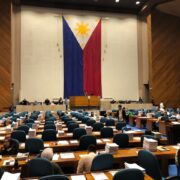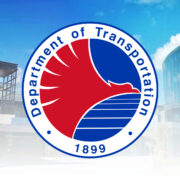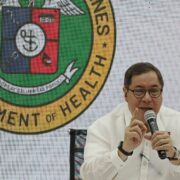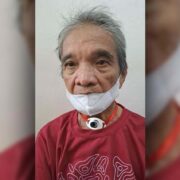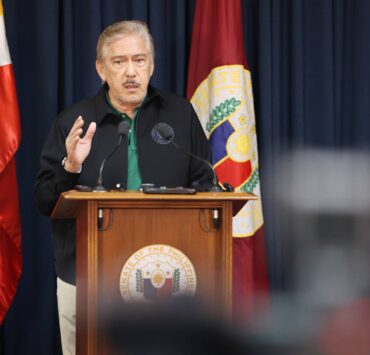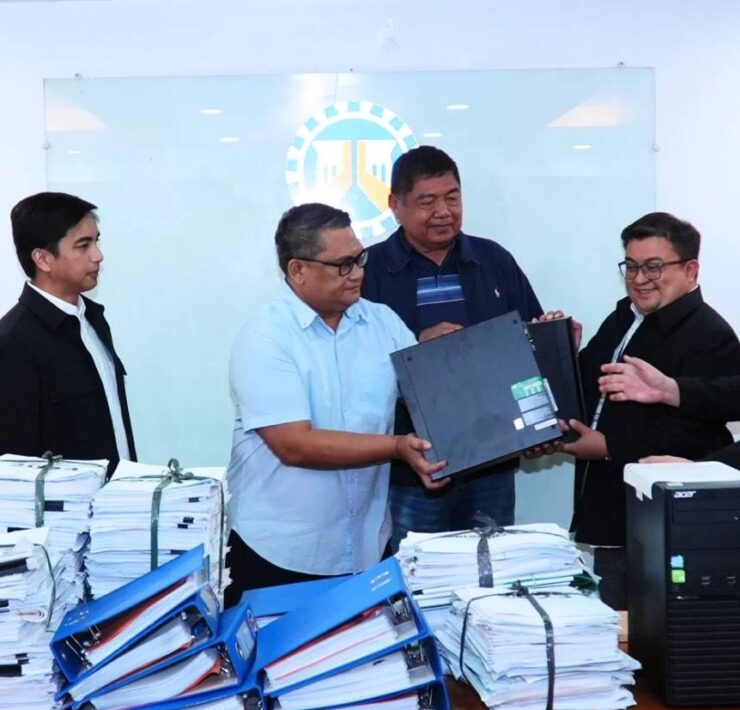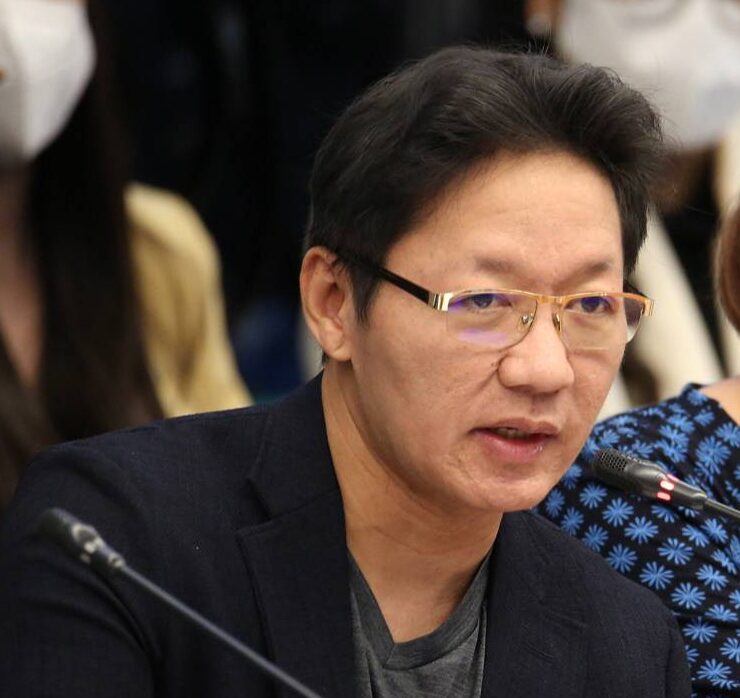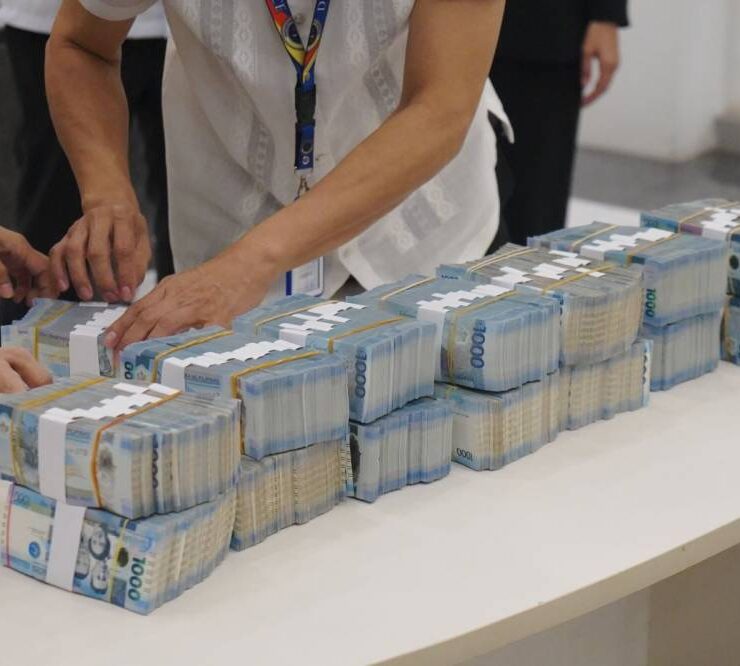Another DPWH corruption source halted: Road reblocking
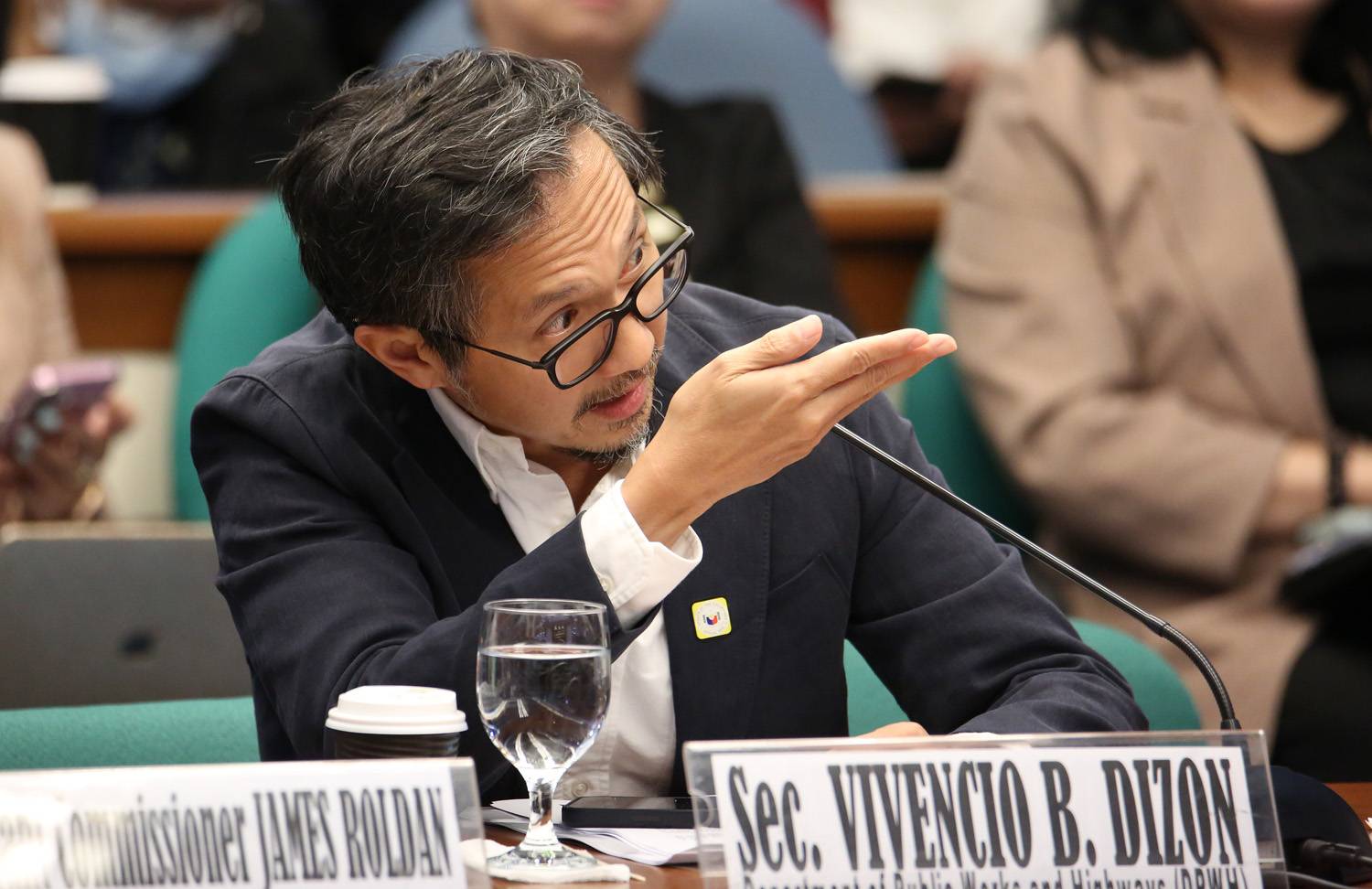
Public Works Secretary Vince Dizon on Friday ordered the indefinite suspension of all road reblocking works in the country due to allegations of corruption in the implementation of these projects.
“Effectively now, I will be suspending all reblocking activitie s… and I will issue a new department order (DO) on reblocking [projects],” Dizon, in a mix of Filipino and English, said at a press conference.
Reblocking involved the process of removing a damaged or defective concrete pavement and replacing this, according to the Department of Public Works and Highways (DPWH).
The suspension, Dizon said, was prompted by reports that these projects—particularly one in Bocaue town in Bulacan province, and another in Tuguegarao City in Cagayan province—were implemented even as the road sections subject of repairs were in good condition.
“Why does the DPWH keep tearing up roads that seem perfectly fine, only to redo them? Well, in many cases, we probably already know why … it’s because some people are making money out of it,” Dizon said.
“They profit from destroying the roads. They profit again from rebuilding them,” he added.
Exempted works
However, Dizon clarified that the suspension would not cover maintenance works for already damaged roads. “But if the roads are not damaged, like those in Bulacan and Tuguegarao, that’s (reblocking) definitely not allowed,” he said.
Dizon’s decision to suspend road reblocking projects came following revelations of anomalies involving substandard or “ghost” flood control projects. Several lawmakers, DPWH officials and personnel, and contractors have been linked to these anomalies and are being investigated by different government agencies and the Independent Commission for Infrastructure formed by President Marcos.
In his Oct. 7 memorandum, Dizon, however, said “reblocking works chargeable under Routine Maintenance of National Roads” are exempted from his suspension order.
“[P]rojects whose reblocking works [have] already commenced are not covered by this directive, but should pursue completion at the earliest possible time, subject to proper monitoring and documentation,” he said.
“This directive is issued to safeguard government funds, prevent possible dissipation of public resources, and to allow the management to review existing policies,” Dizon said.
Process
According to the secretary, the new DO on road reblocking will be more “clear” and “transparent,” ensuring that the implementation of these projects will be justified.
A 2014 Inquirer article (Reblocking: How it’s done) cited information provided by Reynaldo Tagudando, then director of the DPWH-National Capital Region, on the process of repairing damaged road sections.
Tagudando said that during reblocking, work teams, aided by concrete saws and jackhammers, first remove the shattered concrete pavement. Then they fix the base, replacing the old with a new one and compacting it.
“If it passes what we call the FDT (field density test), then concrete is poured in,” Tagudando said then. “If the concrete has been leveled, they use a vibrating equipment to fully compact it. Then the masons do their part. The local term for that is ‘palitada.’ Then, a pneumatic broom is used to sweep the surface of the concrete pavement. Sometimes, it’s done manually,” he added.
“The finished concrete pavement is 12 inches thick. About five years ago, it was just 9 inches. We increased the thickness to adjust to the increasing average daily traffic and volume of motor vehicles using the road. We regularly conduct pavement analysis,” Tagudando said.
During reblocking, 18 to 20 workers compose a work team per location.
“There are riggers, flag men, laborers, equipment operators, mechanics, electricians, gas men and finishers, among other laborers,” he said.
Edsa project
Among the more familiar road reblocking projects regularly done by the government involved sections of Epifanio delos Santos Avenue (Edsa), Metro Manila’s busiest thoroughfare passing through Pasay, Makati, Mandaluyong, San Juan, Quezon City and Caloocan.
Whenever sections of Edsa are reblocked, usually done during weekends when vehicle volume is low, at least a lane is closed causing inconvenience to motorists.
Plans to rehabilitate Edsa have long been in the works and have been deferred several times already. Called the Edsa Rebuild project, it will involve the replacement of nearly the entire 24-kilometer stretch of the highway to ease traffic congestion, enhance safety, and prolong the road’s lifespan.
In May, the Department of Transportation and the DPWH said the rehabilitation of Edsa would start in the middle of June this year.
But on June 1, President Marcos said he ordered the postponement of the P8.7-billion rehabilitation of Edsa to allow the government to conduct scientific studies on measures that would alleviate the impact of the project on the public.
On July 30, then Public Works Secretary Manuel Bonoan said the Edsa rehabilitation would push through in 2027 and might take only six months. —WITH REPORTS FROM MARY JOY SALCEDO AND INQUIRER RESEARCH




